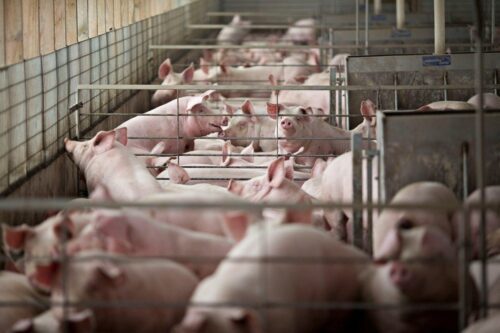>>REAL-TIME UPDATES IN THE WIRE. CLICK HERE<<<
China’s average farm-gate prices of live hogs reached 28 yuan per kg on Oct 26, rising by 0.79% from that on Oct 19, according to the National Bureau of Statistics (NDRC), the country’s top economic planner.
The average wholesale price of corn, a major hog feed, stood at 2.9 yuan per kg on Oct 26, in line with that on Oct 19, and that leaves the average live hog to core price ratio, a key measures of hog farmers’ profitability, reached 9.66 on Oct 26, rising by 0.84% from Oct 19, it said.
Based on current prices and cost, the profit for hog farmers is expected to reach 1,157.9 yuan per head, it said.
As downstream hog breeders become more reluctant to accept high hog prices and reduce operating rate, it will become difficult for high hog prices to maintain, and meanwhile, sentiment among hog farmers is weakening with some regions see more hog slaughtering, and hog prices are likely to drop said the NDRC.
For the week ending October 26, domestic hog prices first rose slightly before pulled up by improving farm gate sentiment, however, as consumers have been reducing consumption due to unusually high prices, the trend seems set to change with the pork processing side releasing more supply into the market.
In order to stabilize rapidly rising pork prices, the NDRC summoned major domestic hog producers on October 20, requiring them to maintain the release speed of live hogs to market and avoid price speculation.
The authority also announced that the country will release the sixth round of frozen pork to the market and guide localities to release pork reserves, in a bid to further ensure the market supply of the essential products.

